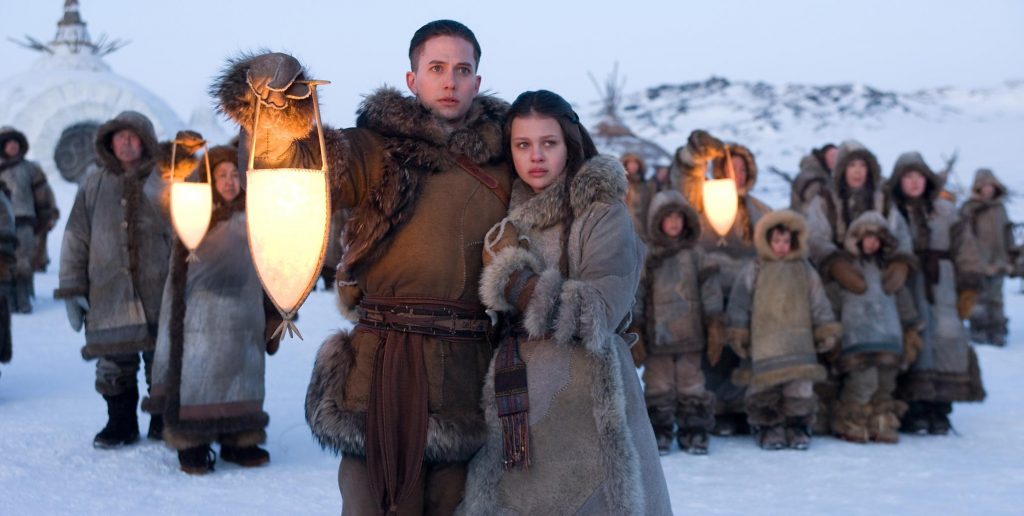The Black Lives Matter has been allowed to be more visible the past months. This is to say that the movement did not just suddenly appear. No, the need for black equality and reforming of the corrupt law enforcement system has been apparent for decades now. The amount of black deaths at the hands of officers is outrageous, and more than that of any other race or ethnicity in the United States. In fact, there is a website dedicated to tracking this violence called Mapping Police Violence, and it clearly demonstrates the wild disparity in negative treatment towards black citizens in comparison to other groups in the United States: “Black people were 24% of those killed despite being only 13% of the population.”
As people rally behind the cause and protest, they cover the aspect of voicing the issue, but another equally important facet is education. Racism is present in daily interactions, which the movement is highlighting. It is noteworthy, however, that even while inside quarantining racism still continues. How? Through media, and not just social media.
Racism is ingrained in the media we consume. While watching movies or television shows to pass the time, the racist connotations may not be instantly recognizable. For instance, the Disney classic Dumbo is widely enjoyed by children and adults alike. Looking back at the film, there is a black crow named Jim Crow. This choice is reflective of the time the movie was released, as black soldiers returned home from fighting bravely in World War II, only to have their freedoms restricted and be mocked by Jim Crow laws.
Today, the Jim Crow bird is considered offensive, especially considering it was voiced by a white actor. Disney, learning from their mistake, decided that, “In keeping with company policy dating to 2011, the studio’s controversial 1946 film Song of the South will not have a home on the platform. And, a scene from the 1941 animated classic, Dumbo, featuring a crow named Jim Crow, will be deleted from the streaming version of the film,” according to NBC News.
The Dumbo example also highlights how racism doesn’t just have to be in dialect. It can be found in the name choices and graphic as well. In regular live action films, racism can also be found in casting. The Washington Post published a list of one hundred times in movies where a white actor was cast in the role of a black character. One of the earliest examples is from 1965, and shows a white actor in black face portraying the Shakespearean character of Othello. It received public backlash. This is known as white washing, and is sadly a common practice in Hollywood.
Another example people have yet to forget is The Last Airbender movie. The comic books and television show featured characters of Asian descent. In M. Night Shyamalan’s live action version of the beloved series, he chose to cast Nicola Peltz and Jackson Rathbone, who are both white. In choosing to cast these white actors to play canonically Asian roles, it not only perpetuates the act of taking acting jobs away from minorities, but also hurts the Asian identity by essentially saying that a white actor can portray an Asian’s culture better than an Asian ever could.
Another aspect to racism in the media is colorism. Author Alice Walker defined colorism as “prejudicial or preferential treatment of same-race people based solely on their color.” Essentially, colorism is giving preferential treatment to those who are light skinned over dark skinned.
This concept is further rooted in society, which can be seen in South Asian countries. There, ads are plastered on billboards and walls, and they appear on television for whitening creams. In the United States, movies and television programs reflect the concept of colorism as well. In fact, actress Zendaya Coleman said she, “[has] a bit of a privilege compared to [her] darker sisters and brothers” in her acting career due to having light skin. “If I get put in a position because of the color of my skin where people will listen to me, then I should use that privilege the right way.”
It is a known issue in Hollywood that colorism plays a part in the casting processes, but yet it goes uncorrected. It has gotten to the point where an outsider may believe that those in the pigmented family with lighter skin are the extreme of the spectrum. This isn’t true at all. Another example of this is in the Netflix show, Never Have I Ever. The cast is meant to represent Indians living in America, but all of the Indian characters are light skinned.
The tone-deaf attitude taken towards the media and roles must be addressed. It is not simply a matter of representation, but it is a matter of acknowledgement and employment as well. By giving away ethnic roles to white actors and actresses, it allows a story to be told from the wrong mouthpiece, when there are so many eligible people of color, religions, and cultures willing to play these parts. Plus, they work harder for recognition and deserve to have jobs where they can be compensated for the barriers they have to overcome in conjunction to the racism they face.

